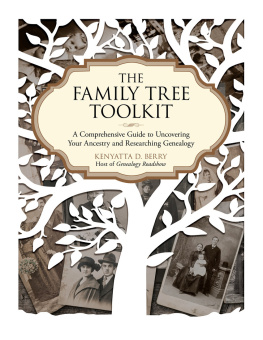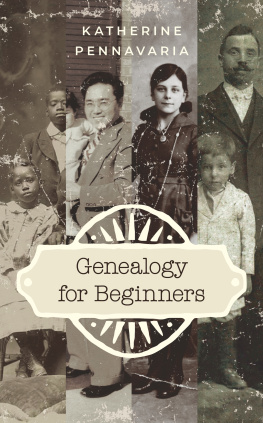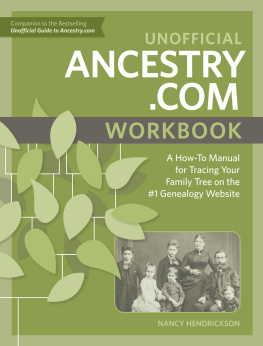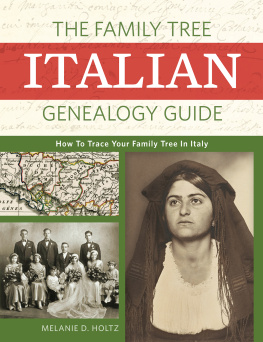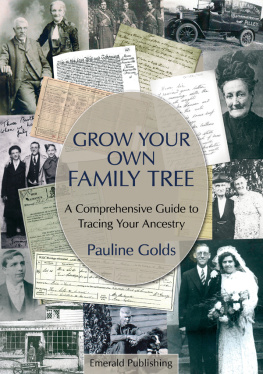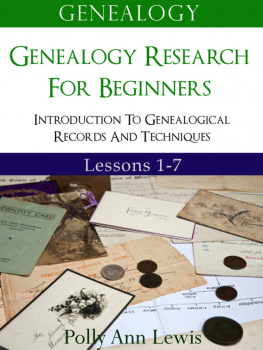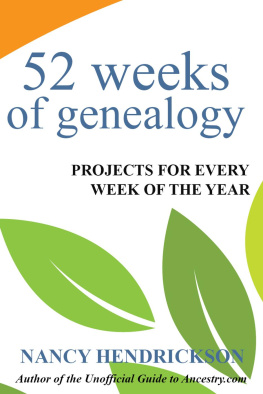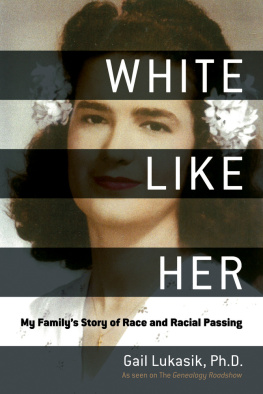Copyright 2018 by Kenyatta D. Berry
All rights reserved. No part of this book may be reproduced in any manner without the express written consent of the publisher, except in the case of brief excerpts in critical reviews or articles. All inquiries should be addressed to Skyhorse Publishing, 307 West 36th Street, 11th Floor, New York, NY 10018.
Skyhorse Publishing books may be purchased in bulk at special discounts for sales promotion, corporate gifts, fund-raising, or educational purposes. Special editions can also be created to specifications. For details, contact the Special Sales Department, Skyhorse Publishing, 307 West 36th Street, 11th Floor, New York, NY 10018 or .
Skyhorse and Skyhorse Publishing are registered trademarks of Skyhorse Publishing, Inc., a Delaware corporation.
Visit our website at www.skyhorsepublishing.com.
10 9 8 7 6 5 4 3 2 1
Library of Congress Cataloging-in-Publication Data is available on file.
Cover design by Michael Short
Cover illustration by iStock
Print ISBN: 978-1-63158-219-6
Ebook ISBN: 978-1-51073-549-1
Printed in the United States of America
CONTENT


INTRODUCTION
SHARING MY STORY

COMING HOME: A JOURNEY FROM VIRGINIA TO NEW YORK
I believe we all have a desire to understand our heritage. Genealogy is a thriving area of study for enthusiasts and hobbyists. Its actually the second most popular hobby in the United States after gardening. Since the introduction of the Internet, there has been a tremendous growth in the genealogy industry. Using a variety of websites such as Familysearch.org, Fold3.com, Newspapers.com, Myheritage.com, Findmypast.com, and Ancestry.com, genealogists are able to access federal census records, vital records, newspapers, and more. African American genealogy is especially challenging because many records of African Americans are listed by their first name without a surname or by the name of the enslaved individuals. However, with some work and dedication, an African American genealogist can reconstruct the past and understand their ancestors lives, even as enslaved individuals. Using court documents, tax lists, federal and state census records, as well as plantation documents and church records, African American genealogists can paint a picture of their genealogical past.
This quest has been attempted by many and has resulted in some useful teaching tools such as Roots by Alex Haley and Slaves in the Family by Edward Ball. By using a variety of techniques and after investing years of research, these authors, African American and white respectively, have been able to tell the stories of their ancestors. About eight years into researching my family, I was able to identify the last enslaver of my fourth great-grandfather, visit the location where my family was enslaved, and see and photograph a building where some of my family once lived and worked. I have since learned so much more about my ancestors and connected with cousins around the world.
THE DISCOVERY
In 1996, while in law school in Lansing, Michigan, I wrote to the town historian in Le Roy, New York, requesting information on my great-grandmother, Esther Lewis Kendrick, and her grandmother, Emily Carter Sellers. The Le Roy historian at the time put me in touch with my first cousin three times removed, Marion Sellers Phillips. During a conversation with her, I learned that Emily Carter Sellers had migrated to Livingston County from Culpeper, Virginia.
After graduating from law school, I moved to Arlington, Virginia. I never lost interest in my family roots in Livingston and Genesee counties. During those three years of school, I began to weave a story of their lives as slaves in Madison and Culpeper counties. I discovered Culpeper by accident while traveling to a golf tournament in Gainesville, Virginia. When I saw a sign that read C ULPEPER 38 M ILES , my heart jumped and my mind began to race. Was I really just thirty-eight miles away from my familys ancestral home in Virginia? The next day I drove to Culpeper and walked the downtown streets, wondering if my ancestors had roamed them, too. After discovering Culpeper, I began to make biweekly trips there and to neighboring Madison County to research and photograph the area where my family had once lived and worked.
WALKING IN THE FOOTSTEPS
While in Madison County, I discovered that Lewis Carter and Martha Paynemy fourth great-grandparentswere enslaved there and were the proud parents of seven children, all born there. At that time, I knew very little about the lives of Lewis and Martha while they were enslaved. Evidence suggests that he was an agent during Reconstruction and worked on the farm of J. W. Taylor. Fannie Belle Carter, the third child of Lewis and Martha, was also known as Fair Belle. She was twice married, once to a man thirty years her junior, and she outlived both of her husbands. Fannie had eight children by her first husband. When she married for the second time, her eldest son was older than his stepfather. When Lewis Carter died, Fannie sued Emily and their sister Mary Carter Price for their inheritance. At that time, Emily and Mary were both residing in upstate New York. The crux of the dispute was land located in Culpeper County that was purchased by Lewis and his son Marcelleus Carter. Unfortunately, I have not been able to learn the outcome of the chancery case. During one of my visits, the records were being restored by Culpeper County and were not available for public viewing.
Of all my ancestors, Fannie intrigues me the most because I know the least about her life in Culpeper County. I am confident that she has descendants in the Culpeper area, and I intend to find those descendants and to expand my familys connection to that area. The descendants of Lewis and Martha in Virginia include the surnames Green, Murray, Perry, and Price in Culpeper County, and Mallory in Madison County.
According to the 1870 census, Lewis and Martha lived next door to a prestigious boys school, Locust Dale Academy. This school was founded in 1858 by Andrew James Gordon, a native of Vermont, and was adjacent to the property of Gordons father-in-law, Larkin Willis. Willis lived with his wife, Lelia, and children in a white home with green trim at the corner of Routes 634 and 15 in Madison County, Virginia. Upon obtaining a map of Madison County, I ventured to locate the Willis home.
When I arrived at their home, I was stunned at the condition: it was abandoned but in perfect shape. I drove up to the house and stared in astonishment. As I explored the grounds, I looked out to the neighboring property and realized that I was walking in the footsteps of my ancestors. More than 130 years ago, they had stood where I was standing, and as I closed my eyes, I could almost hear their voices in the distance. As I drove away, I decided to head to Culpeper County to find Cedar Grove Baptist Church. During my research, I had discovered that one of my ancestors was a founding trustee of Cedar Grove.

